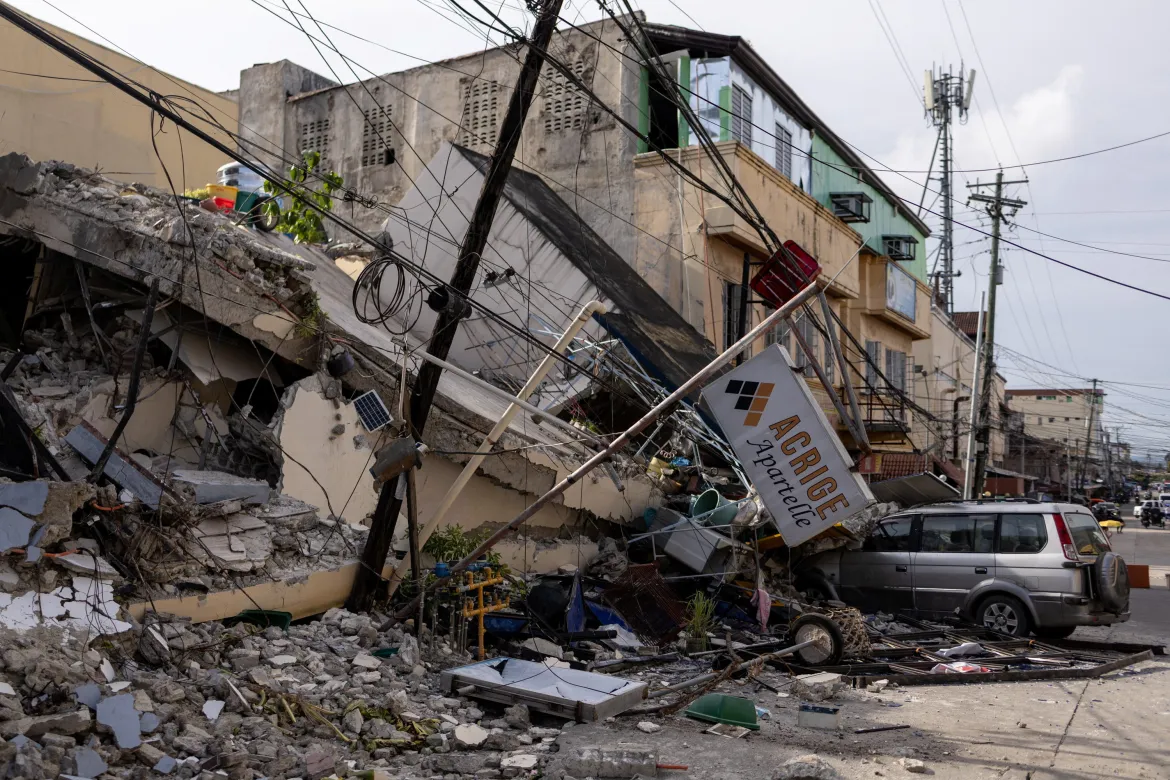A powerful 7.4 magnitude earthquake struck the coast of southern Philippines on Oct. 10, killing more than six people and injuring many more. Another 6.9 magnitude earthquake was triggered later in the day, leading to the issuing of several tsunami warnings. These earthquakes occurred exactly 10 days after another devastating earthquake that killed at least 79 people and injured hundreds more.
“Given the proliferation of these incidents, it feels as if residents of areas that are not as developed continue to suffer through the repercussions of earthquakes.” Katie Hong (10), earthquake enthusiast, said. “ Not only are the Filipino residents neglected by the government, they are unlucky in the sense that they are more vulnerable to these types of natural disasters. Therefore, I believe that it is important to spread awareness about the struggles of individuals experiencing constant danger in order to support them and avoid more casualties in the future.”
The initial quake, located at sea around 43 kilometers (27 miles) east of Manay town, was triggered by movement in the Philippine Trench at a depth of 23 kilometers. The intense ground swaying caused by the earthquake also resulted in cracks in many buildings. In one of the high schools in the area, over 50 students were hospitalized due to bruising, dizziness, and fainting, inciting fear and concern among the local residents. In response to the recent sequence of earthquakes, the Philippine government has mobilized emergency services, including rescue operations, medical aid, and temporary shelters for displaced residents. However, many citizens and advocacy groups have criticized the response as insufficient, particularly in remote and impoverished areas.


